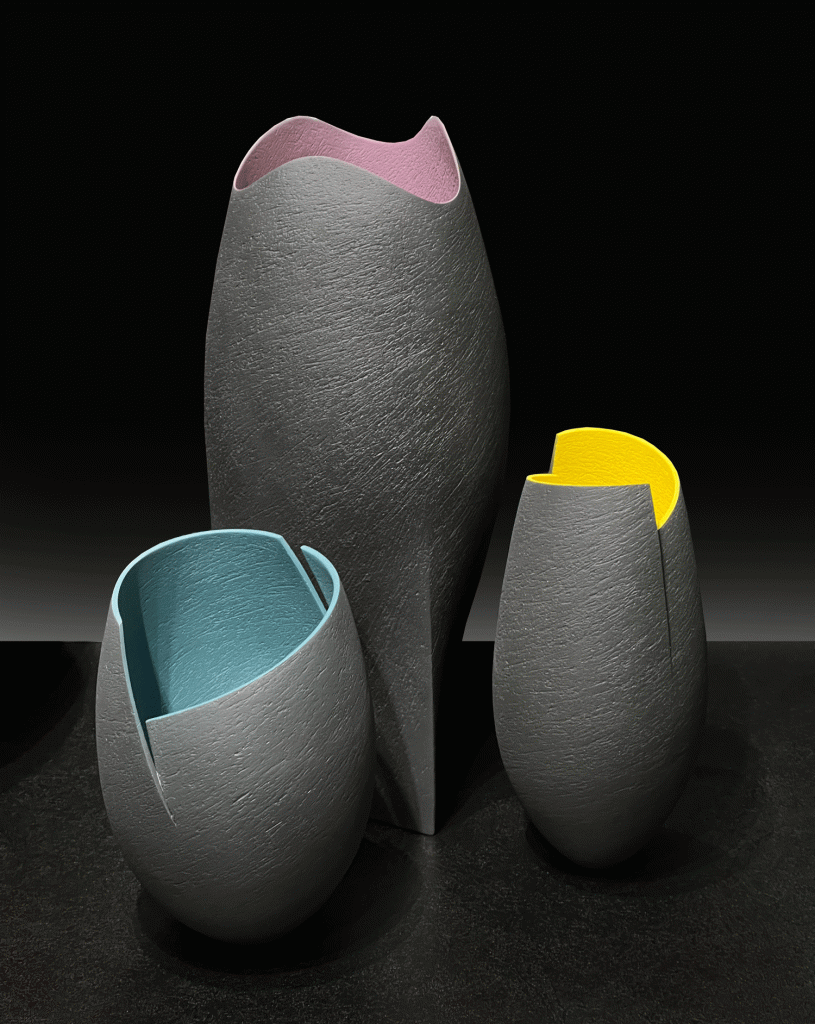Ashraf Hanna
Showing 1–25 of 30 results
-
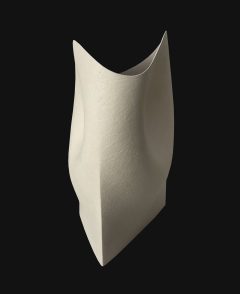
Ashraf Hanna – Large White Undulating Vessel (New In)
£3,199 Add to basket -
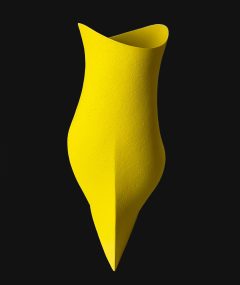
Ashraf Hanna – Large Yellow Undulating Vessel (New In)
£3,999 Add to basket -
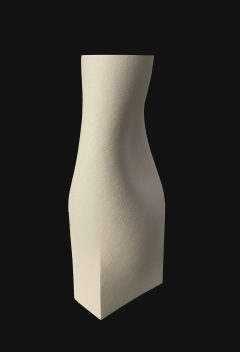
Ashraf Hanna – Tall White Undulating Vessel (New In)
£3,799 Add to basket -
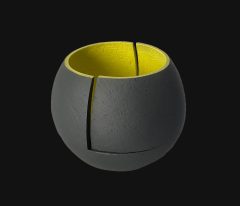
Ashraf Hanna – Small Cut & Altered Vessel (New In)
£499 Add to basket -
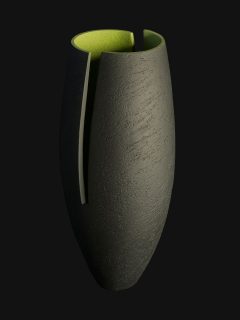
Ashraf Hanna – 2 Cut Black & Green Vessel (New In) (Copy)
£1,199 Add to basket -
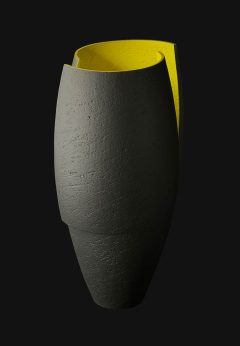
Ashraf Hanna – 2 Cut Black & Yellow Vessel (New In)
£1,199 Add to basket -
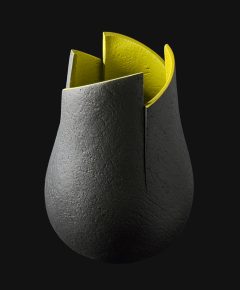
Ashraf Hanna – Small Cut & Altered Tulip Vessel (New In)
£699 Add to basket -
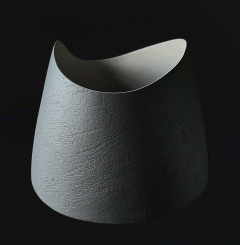
Ashraf Hanna – Black & Grey Oval Undulating Bowl (New In)
£2,399 Add to basket -
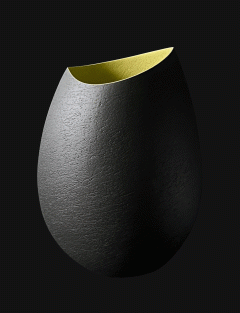
Ashraf Hanna – Black & Lime Undulating Vessel (New In)
£1,799 Add to basket -
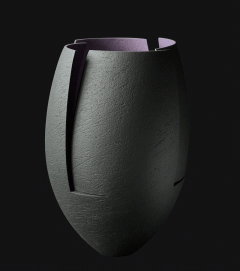
Ashraf Hanna – Black & Purple Cut & Altered Vessel (New In)
£2,399 Add to basket -
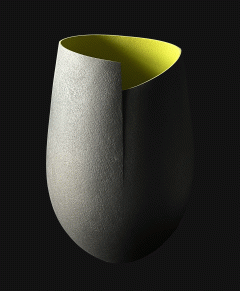
Ashraf Hanna – Large Black & Lime Cut Vessel (New In)
£4,399 Add to basket -
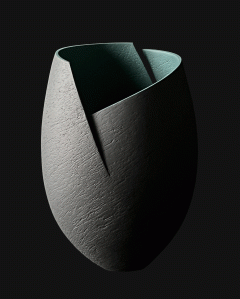
Ashraf Hanna – Black & Blue Cut Vessel (New In)
£1,449 Add to basket -
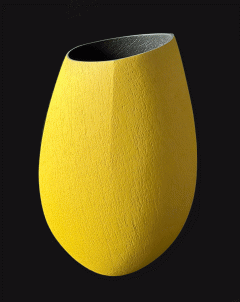
Ashraf Hanna – Medium Yellow & Black Undulating Vessel (New In)
£1,799 Add to basket -
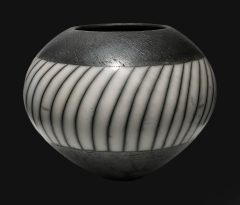
Ashraf Hanna – Naked Raku Vessel (New In)
£2,249 Add to basket -
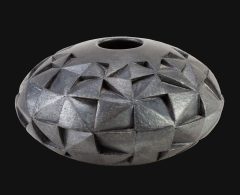
Ashraf Hanna – Deep Carved Pot (New In)
£1,149 Add to basket -
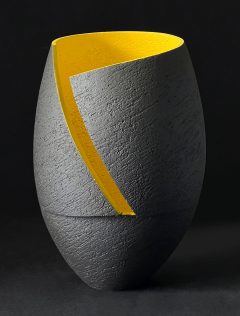
Ashraf Hanna – Medium Black & Yellow Cut Vessel (Sold)
Read more -
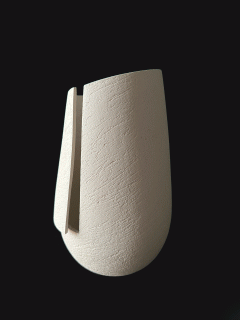
Ashraf Hanna – White Cut & Altered Vessel (Sold)
Read more -
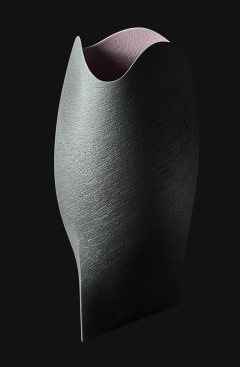
Ashraf Hanna – Black & Purple Undulating Vessel (Sold)
Read more -
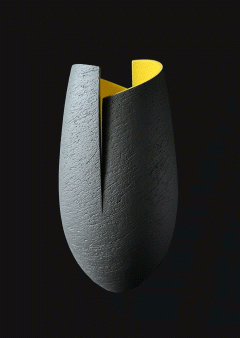
Ashraf Hanna – Black & Yellow Cut & Altered Vessel (Sold)
Read more -
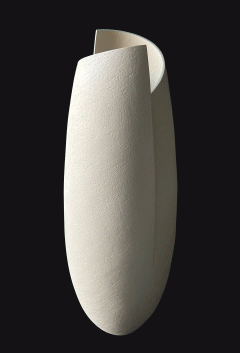
Ashraf Hanna – Large White Cut & Altered Vessel (Sold)
Read more -
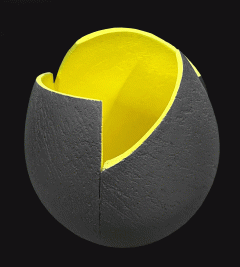
Ashraf Hanna – Small Black & Yellow Cut Vessel (Sold)
Read more -
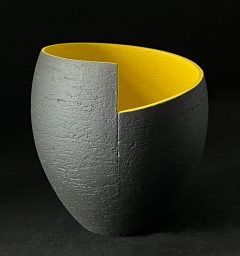
Ashraf Hanna – Small Black & Yellow Cut Vessel (Sold)
Read more -
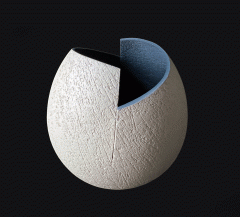
Ashraf Hanna – Small White & Blue Bowl (Sold)
Read more -
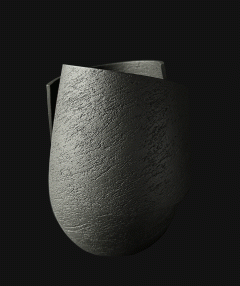
Ashraf Hanna – Black Cut & Altered Vessel (Sold)
Read more -
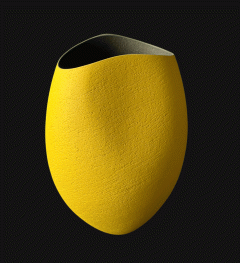
Ashraf Hanna – Yellow & Black Undulating Vessel (Sold)
Read more
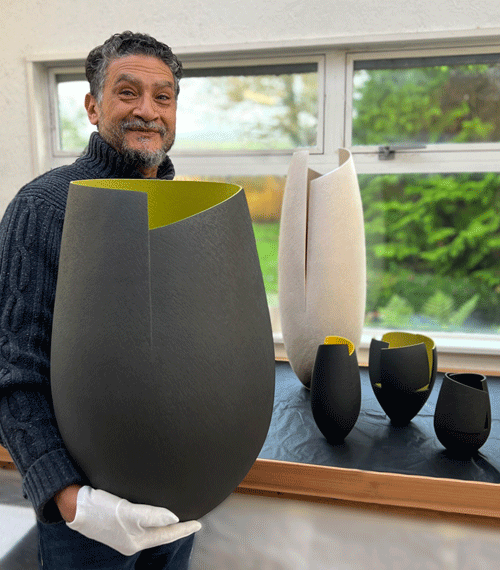
Ashraf Hanna
Ashraf Hanna Artist Statement.
I am an Egyptian born British artist, currently resident and working from my studio in West Wales.
Growing up in Egypt I was surrounded by pottery forms that have changed little since the ancient times. Classical forms that have filtered through the ages, touched and formed by the hand of the potter. These forms were functional storage jars and water cooling urns. It was not however until I went to El Minia College of Fine Arts that I started to really look at them. Close observation during drawing classes of still life compositions opened my eyes to the beauty and contentment that exist within a well considered and executed form.
Drawing is fundamental in training our eyes to see. However the action of trying to pick up a line from a three dimensional object and marking it down on a paper is a powerful gesture that surpasses the basic skill. A projection of a line that becomes etched in our psyche as we forge an emotional and intellectual bond with such object.
The long hours spent in the drawing studio not only developed the skill needed to make a mark but, more importantly, it was a time of meditation, allowing me to free my mind from preconceptions that normally govern our perception of functional pottery. It had become increasingly obvious that objects derive their value not only from certain inherent qualities and attributes but, crucially, also from how we relate to them in a particular context. This has initiated and shaped my relationship with pottery forms ever since, seeing them as a vehicle of creativity worthy of contemplation.
Touch
When I enjoyed drawing pots back in Egypt, it never occurred to me that I would be making them.
The mark making is now a direct interaction between the hand and a lump of clay. Therefore fingers are no longer just used to hold the pencil but to exact an immediate gesture manipulating the solid mass of clay.
They become tools that are hard wired directly to our brains, forming, touching and sensing, creating a voluminous form. Containers of material, thoughts and emotions.
These very tools – our fingers – become an integral part of appreciating ceramics forms when we approach them as an audience. They connect both maker and observer.
The vessel has evolved from its basic function to contain, to become a vessel of mans’ creativity. In surpassing functionality vessels have invited a more poetic and meditative approach to making.
When we make, the physicality of an object is a manifestation of thoughts and emotions that we experience. A celebration of the marriage of ideas and skill. An object in my opinion should have a physical presence that invites a response on a number of levels, emotional as well as intellectual.
Ashraf Hanna Ceramics For Sale
COLLECTIONS
Museum Ariana, Geneva, Switzerland.
Fitzwilliam Museum, Cambridge, UK.
Victoria & Albert Museum, London, UK.
Bullseye Glass Company, Oregon, USA.
Ernsting Stiftung Alter Hof Herding Glass Museum.
National Museum of Wales.
Contemporary Arts Society of Wales.
University of Wolverhampton – Student Award at The International. Ceramics Festival, Aberystwyth, sponsored by Studiopottery.co.uk.
The International Ceramics Festival – Aberystwyth.
Royal Bank of Scotland.
Rufford Ceramic Centre – Newark.
Cartwright Hall – Bradford.
WBBFuchs Collection – Ceramic Manufacturers – Germany.
Ashraf Hanna also has done talks & demonstrations at the V&A museum in London.
Subsequently we always have a great selection of works by Ashraf on display in the gallery.
Other works in stock – contact the gallery for details.
